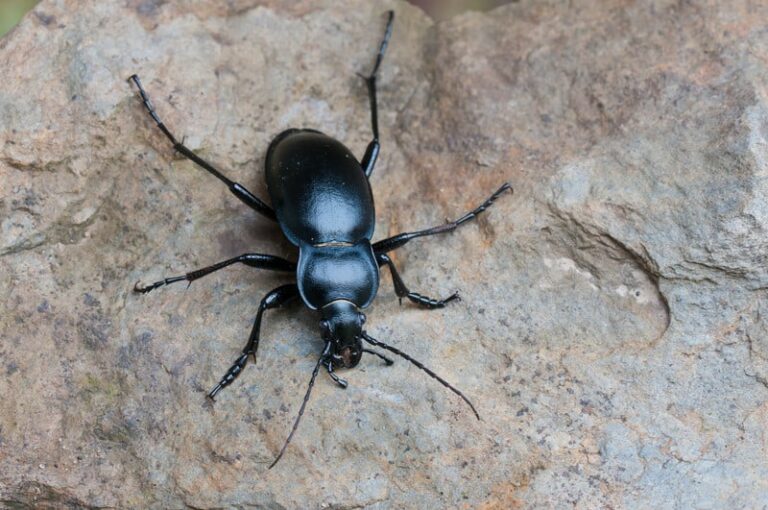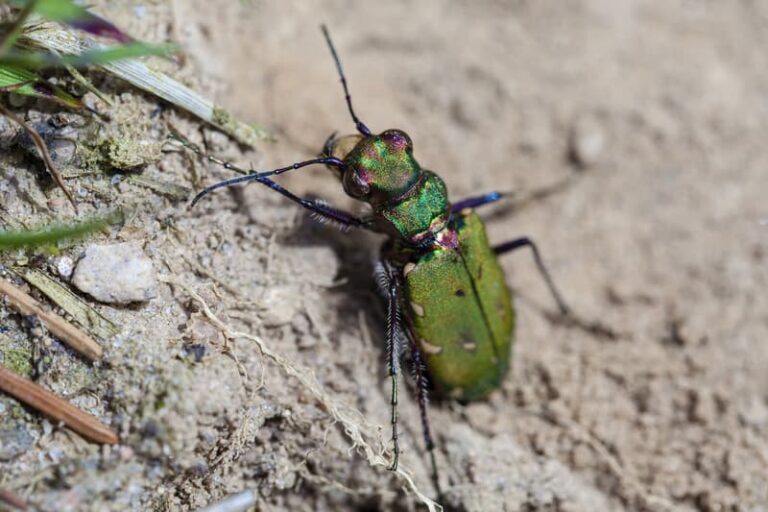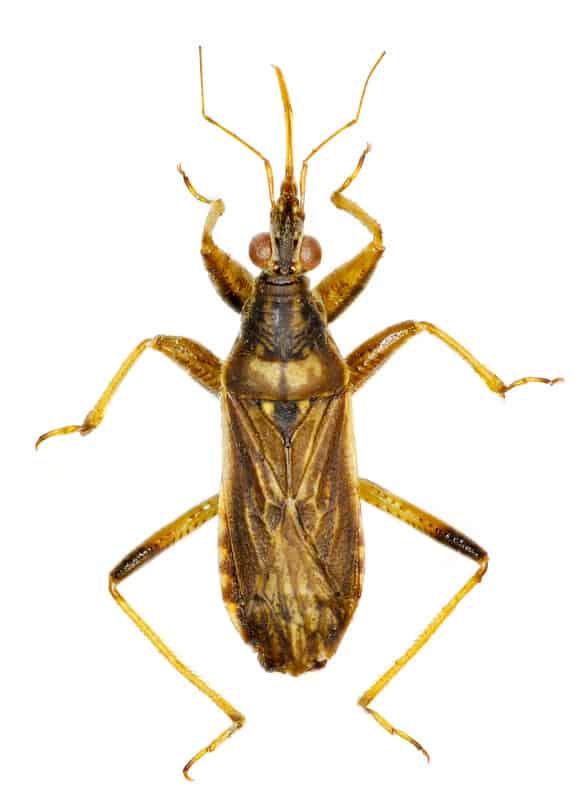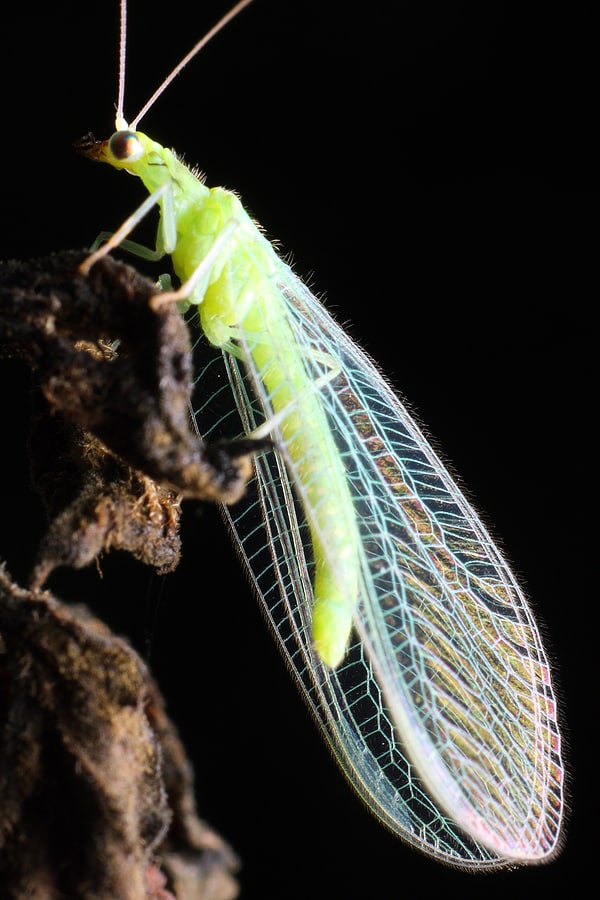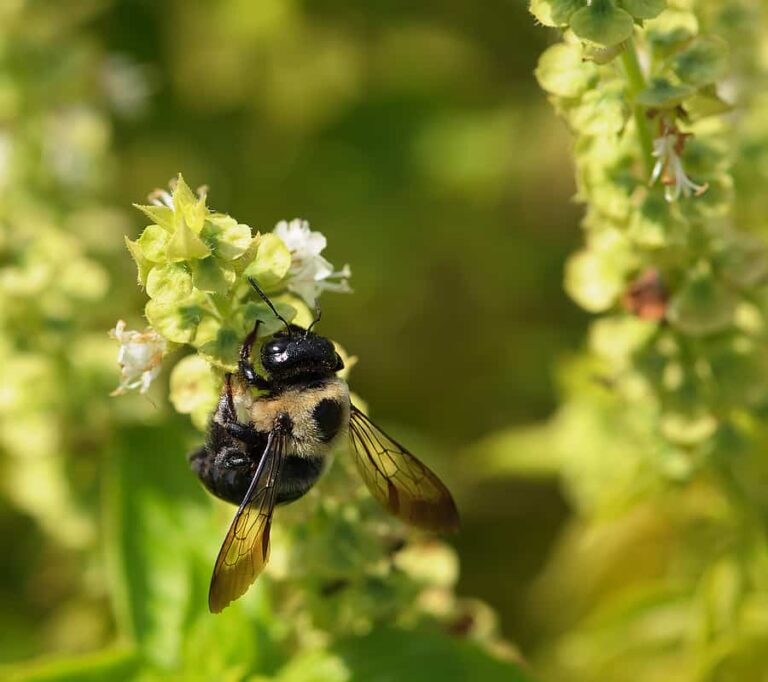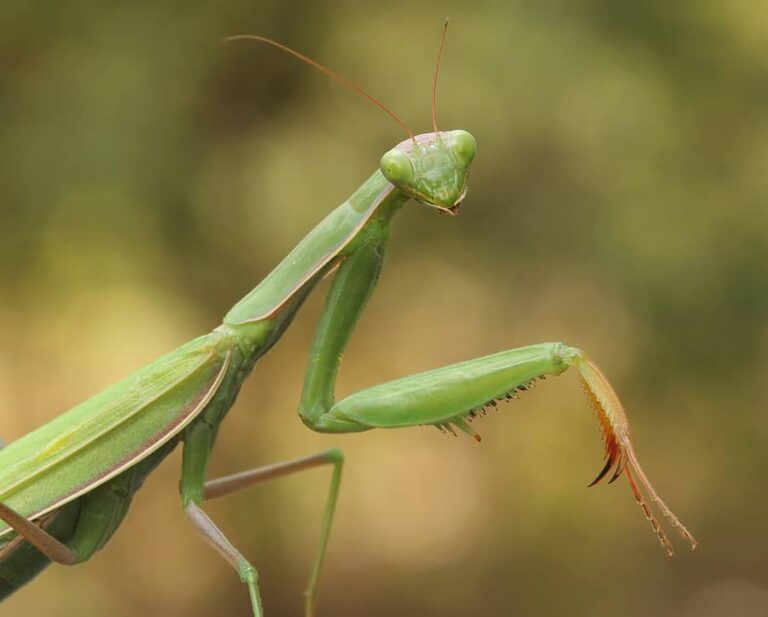Rove Beetle Beneficial Insect
The rove beetle is a beneficial insect.
Adult and larvae rove beetles eat soft-bodied pest insects including the eggs and larvae of aphids, mites, and mealybugs. They also eat nematodes, cabbage maggots, caterpillars, grubs, fly maggots and pupae, and the larvae of root maggots.
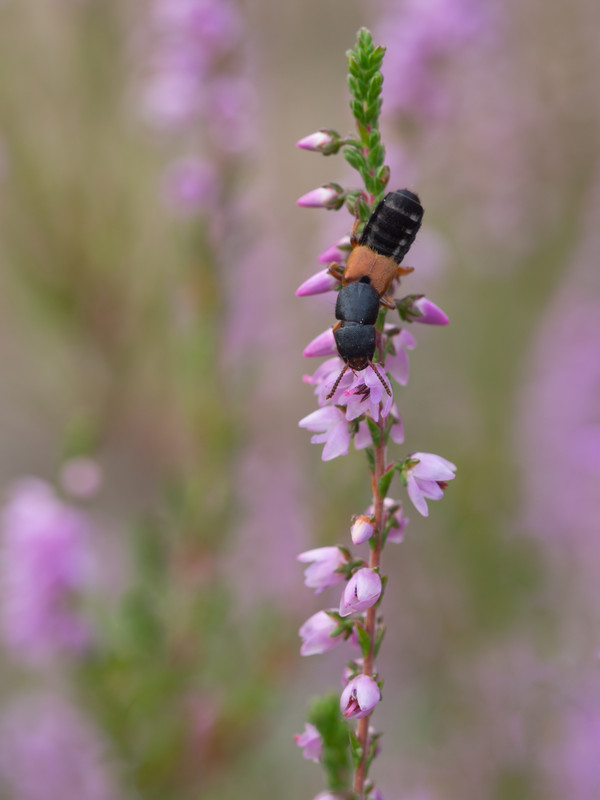
Rove beetles eat rotting vegetation and insects that feed on the decaying flesh of dead animals.
There are more than 3,100 species of rove beetles in North America.
The rove beetle belongs to the scientific family Staphylinidae.
How to identify rove beetles
Rove beetles are about 1/10 to 1 inch long. They are black or brown and have elongated bodies with short wing covers that leave most of their abdominal segments uncovered. Some have red wing covers and markings. They can fly.
Rove beetle larvae are off-white or beige with dark heads and resemble adults though wingless.
Some rove beetles react to threats by tipping their abdomens up as scorpions do, but they can’t sting, though some can bite. They have modified mouthparts for chewing and long sharp mandibles that close sideways in front of the head.
Rove beetles are nocturnal feeders and scavengers. They feed in slightly moist places below ground or in soil litter. They are most active during warm weather. They overwinter as larvae, pupae, or adults.
Rove beetle life cycle
The rove beetle develops through four stages: egg, larva, pupa, and adult. Female rove beetles commonly lay eggs near a food source such as colonies of plant-feeding mites. The larvae develop through four stages of instars becoming adults in 3 to 4 weeks. There are multiple generations each year.
How to attract rove beetles to the garden
Rove beetles are not attracted to the garden by specific plants, but a diversity of perennial plants will give them places to find food. Rove beetles take shelter under boards, pots, rocks, tree bark, and garden debris during the day. You can encourage rove beetles by providing shelter.
Related articles:
Vegetable Garden Organic Pest Control
Vegetable Garden Beneficial Insects
Vegetable Garden Diseases Problem Solver
Vegetable Garden Organic Weed Control
Garden Planning Books at Amazon:
- Vegetable Garden Almanac & Planner
- Kitchen Garden Grower’s Guide Vegetable Encyclopedia
- Vegetable Garden Grower’s Guide
- Tomato Grower’s Answer Book


